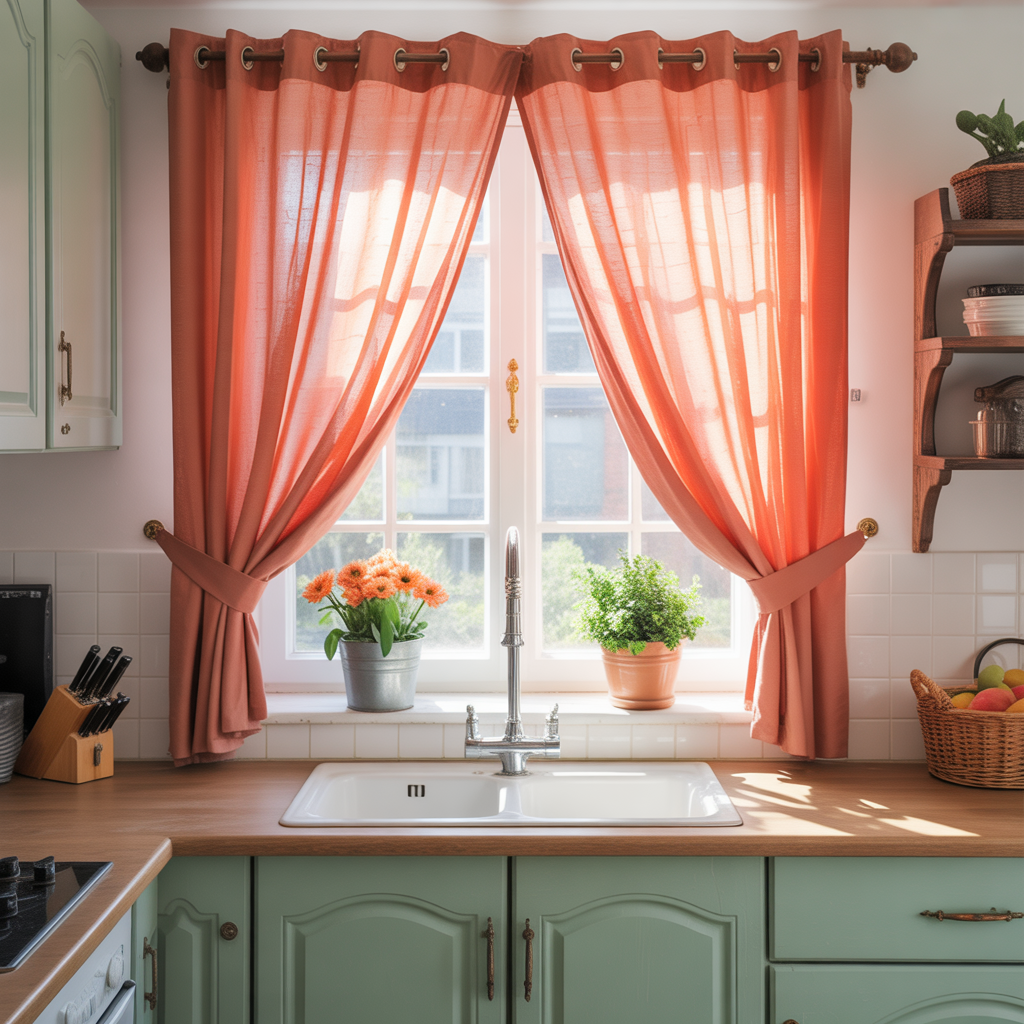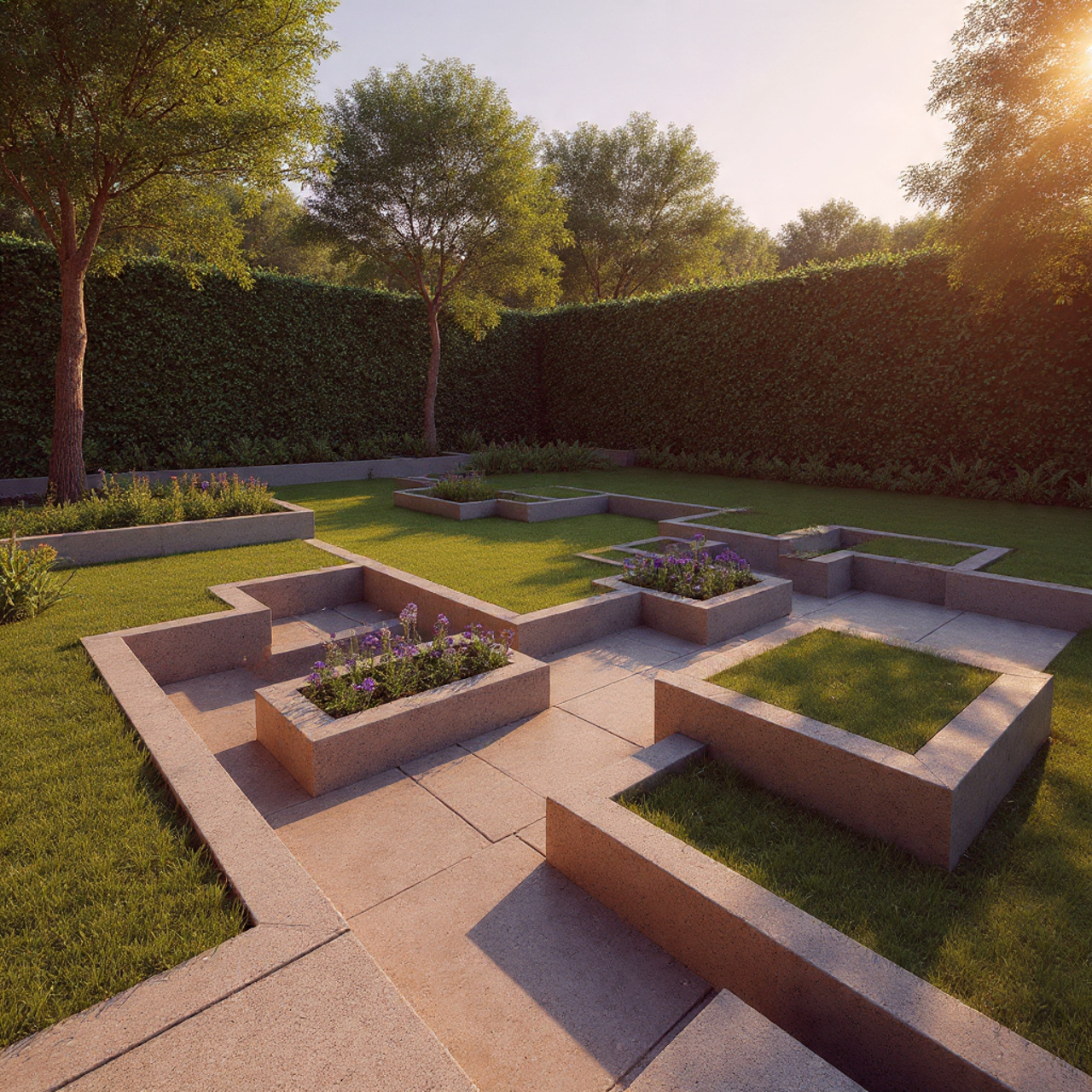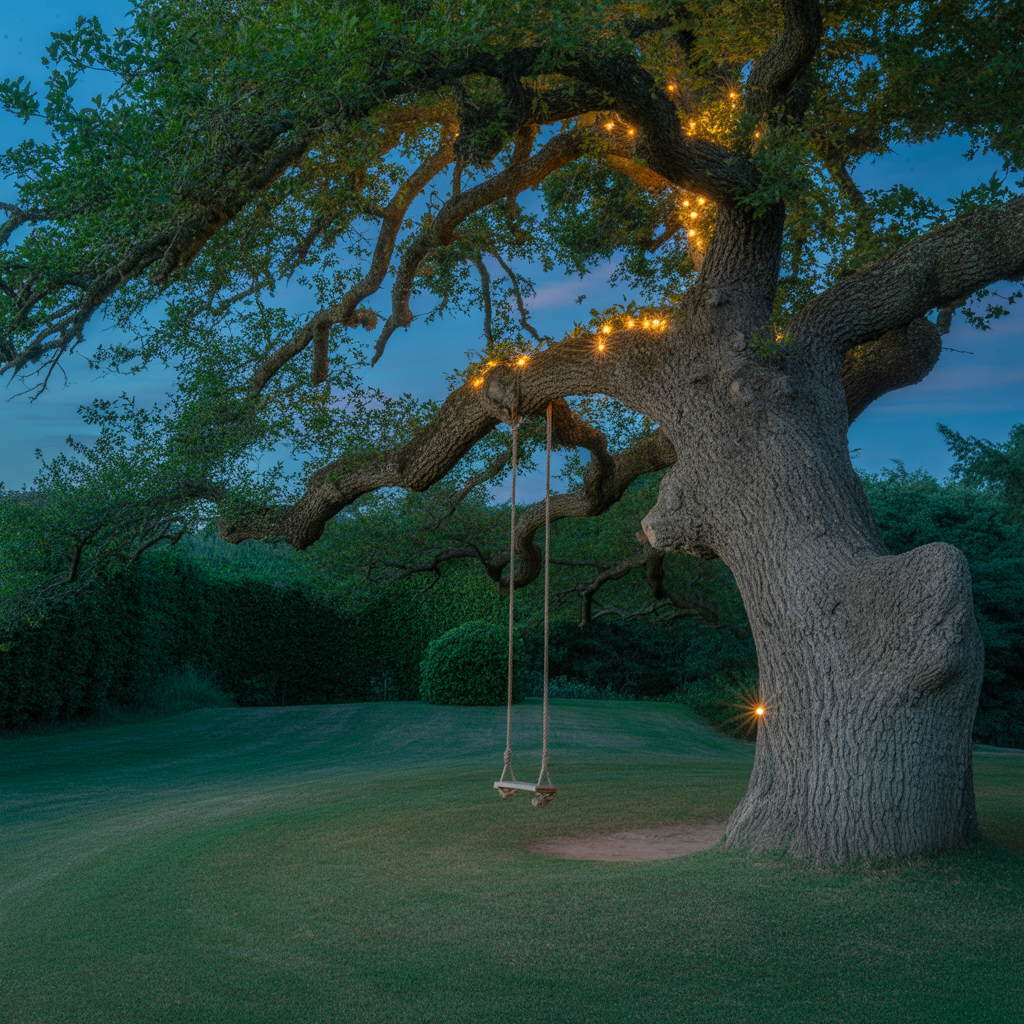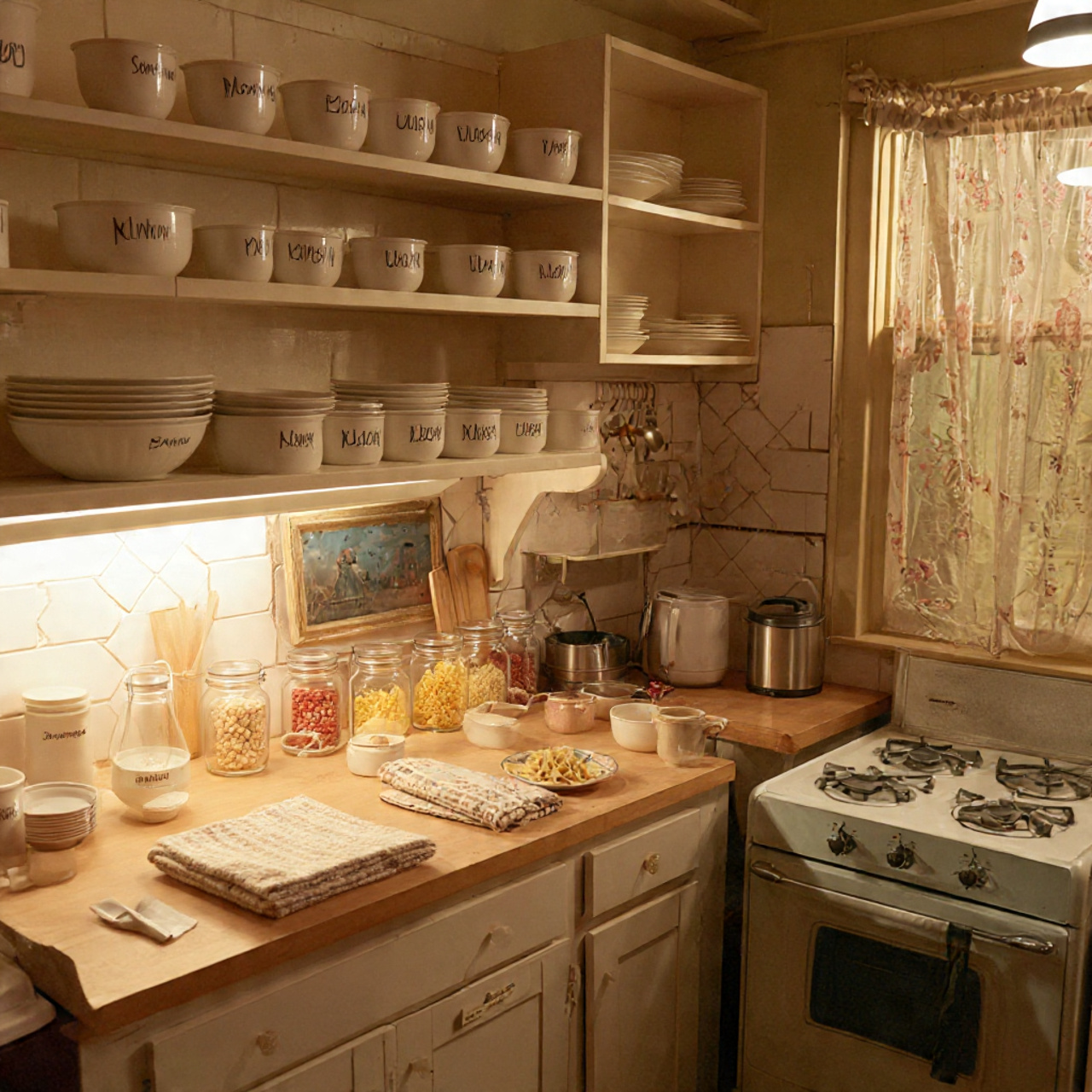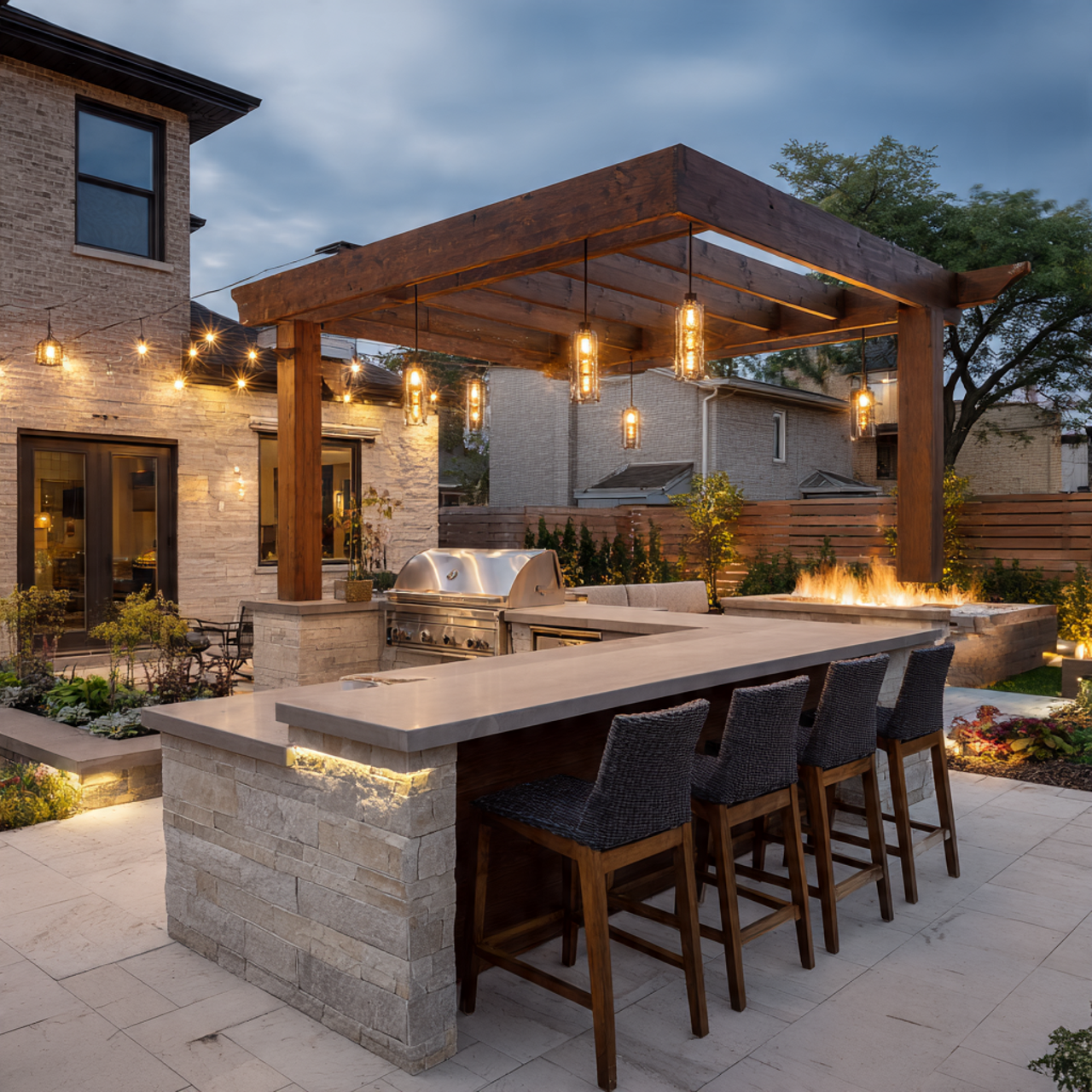20 Ideas of Plant Filled Apartments: Creative Ideas for Urban Green Living
Living in a city often means sacrificing that dream of a backyard garden, but plant filled apartments prove that even concrete towers can bloom with life. More and more people are transforming their homes into lush green retreats filled with plants that clean the air, soothe the mind, and bring warmth to even the smallest space. Whether you live in a studio with one window or a loft with floor-to-ceiling glass, there are creative ways to let nature move in.
Indoor greenery has become more than just a trend—it’s a lifestyle choice. Studies show that people who live with plants nearby feel calmer, more productive, and even healthier. NASA research found that certain plants can absorb harmful toxins from the air, while psychologists link green surroundings with reduced stress and improved mood. In short, plant filled apartments are both beautiful and beneficial, blending design with wellness in a way city living often lacks.
Fill corners with tall statement plants

Empty corners in apartments often go unnoticed, yet they’re perfect spots for tall, sculptural plants. Species like fiddle leaf figs, bird of paradise, or rubber plants instantly command attention while adding a vertical element that softens harsh walls. These plants don’t just look good—they also act as natural partitions in open layouts, giving your space more structure.
If natural light is limited, you can still achieve the look with low-light tolerant options such as a dracaena or a cast iron plant. Paired with a sleek planter that complements your furniture, a tall plant can make your apartment feel more curated without overwhelming the room.
Use hanging plants to save floor space
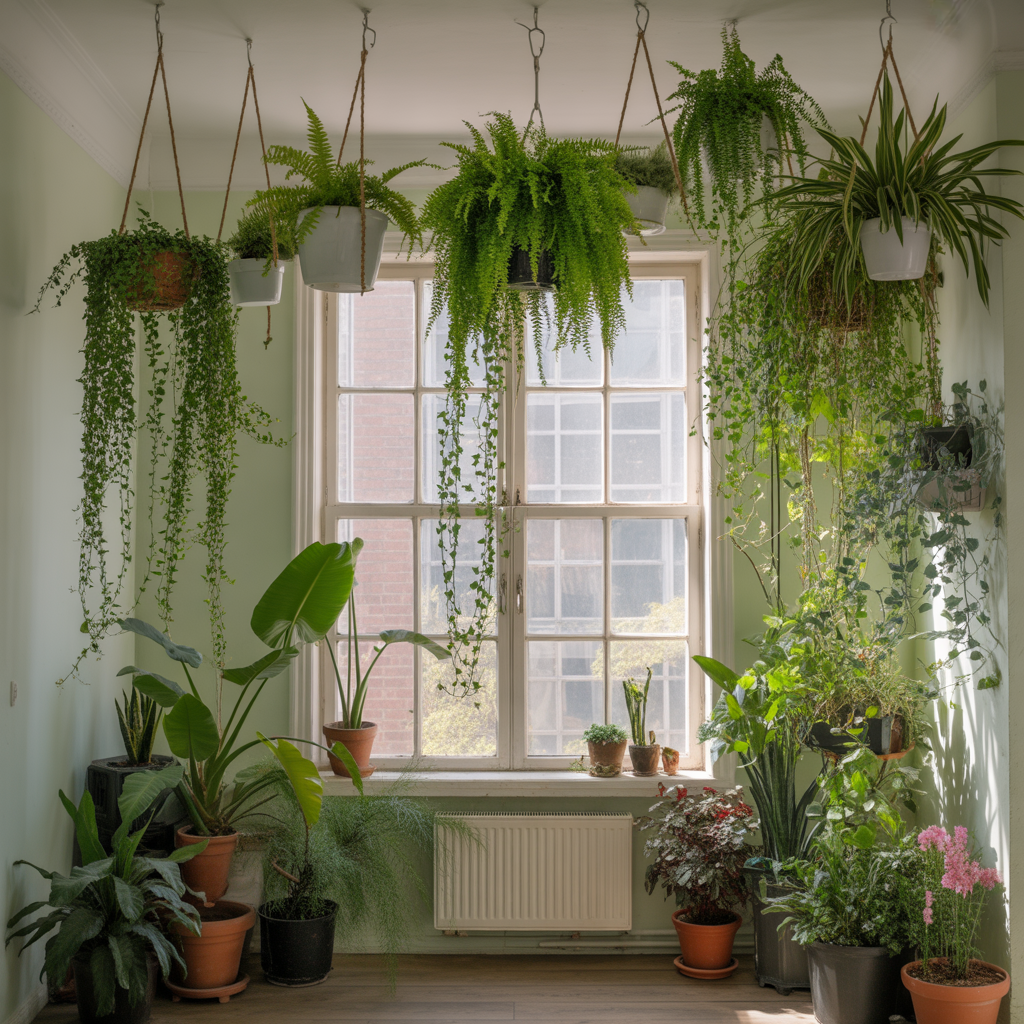
When every square foot matters, hanging planters are lifesavers. Cascading varieties like pothos, string of pearls, or ivy thrive when they’re given height to spill over. A ceiling hook or wall-mounted bracket turns unused vertical real estate into a living art display.
Hanging greenery also draws the eye upward, making ceilings look higher and rooms more spacious. For renters, adhesive hooks or tension rods offer no-damage solutions that let you enjoy a jungle vibe without risking your security deposit.
Create a windowsill garden

Windowsills are some of the brightest and most plant-friendly spots in an apartment. Small pots of herbs, succulents, or blooming flowers thrive here while giving you fresh aromas and colors throughout the day. Basil, rosemary, or mint are not only decorative but also practical for cooking.
If you’re lucky enough to have south-facing windows, consider sun-loving succulents like echeveria or aloe vera. For east-facing windows, leafy greens like ferns or spider plants flourish. With a mix of sizes and textures, your windowsill becomes both functional and picturesque.
Try a vertical garden wall

A vertical garden is like living wallpaper—it transforms a blank wall into a lush, vibrant feature. Modular wall planters or DIY shelves allow you to stack greenery in creative patterns. It’s a smart solution for apartments with limited floor space but high walls.
This setup doesn’t just look stunning—it can improve acoustics by softening echoes in hard-surfaced rooms. With self-watering systems or wall-mounted pockets, maintenance becomes easier, making it realistic for busy city dwellers.
Build a plant shelf display
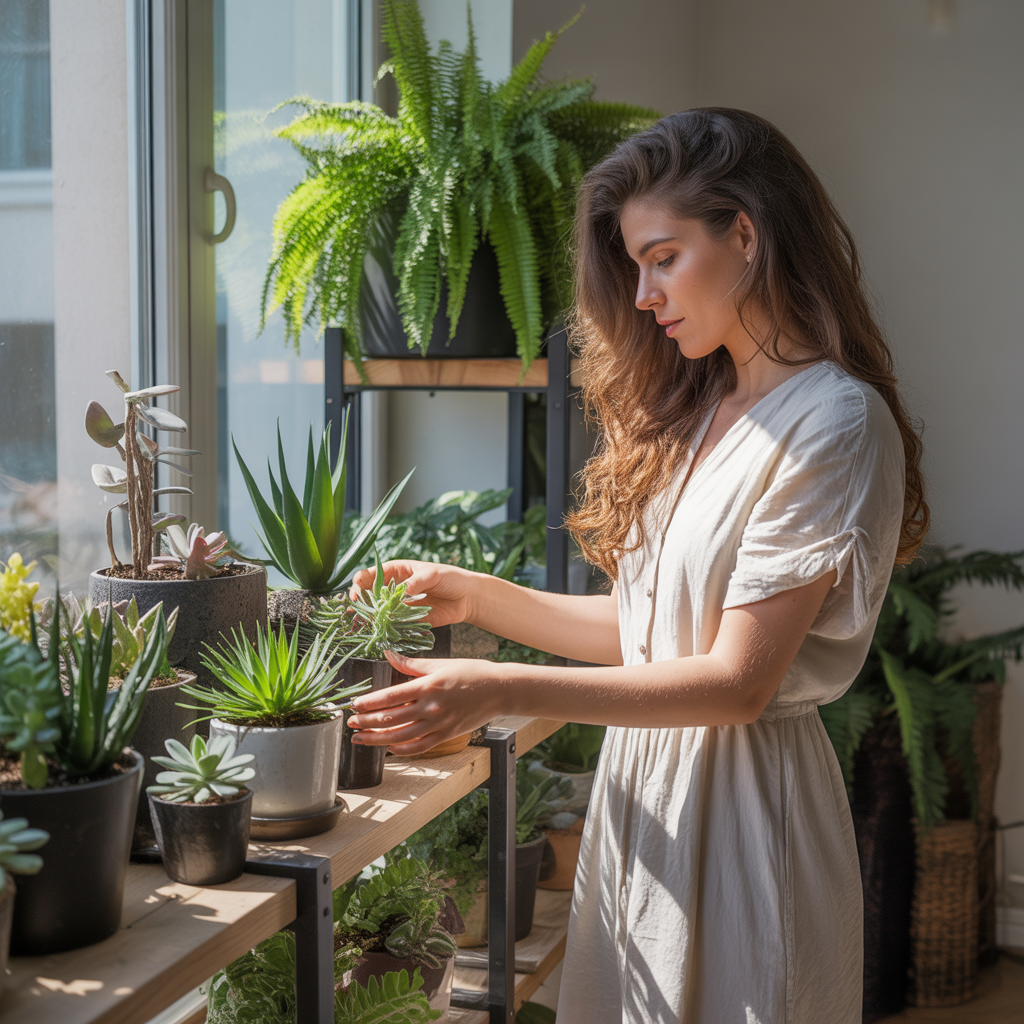
Plants deserve a stage, and a dedicated shelf or bookcase full of greenery creates a dynamic focal point. Mixing trailing vines with upright succulents and textured foliage adds depth and variety. Styling with baskets, ceramic pots, and glass terrariums elevates the look from casual to curated.
A plant shelf also lets you control light exposure by positioning plants according to their needs. The top shelf may house sun-lovers while shade-tolerant species thrive below. It becomes both a functional gardening station and a living design feature.
Place greenery in the bathroom
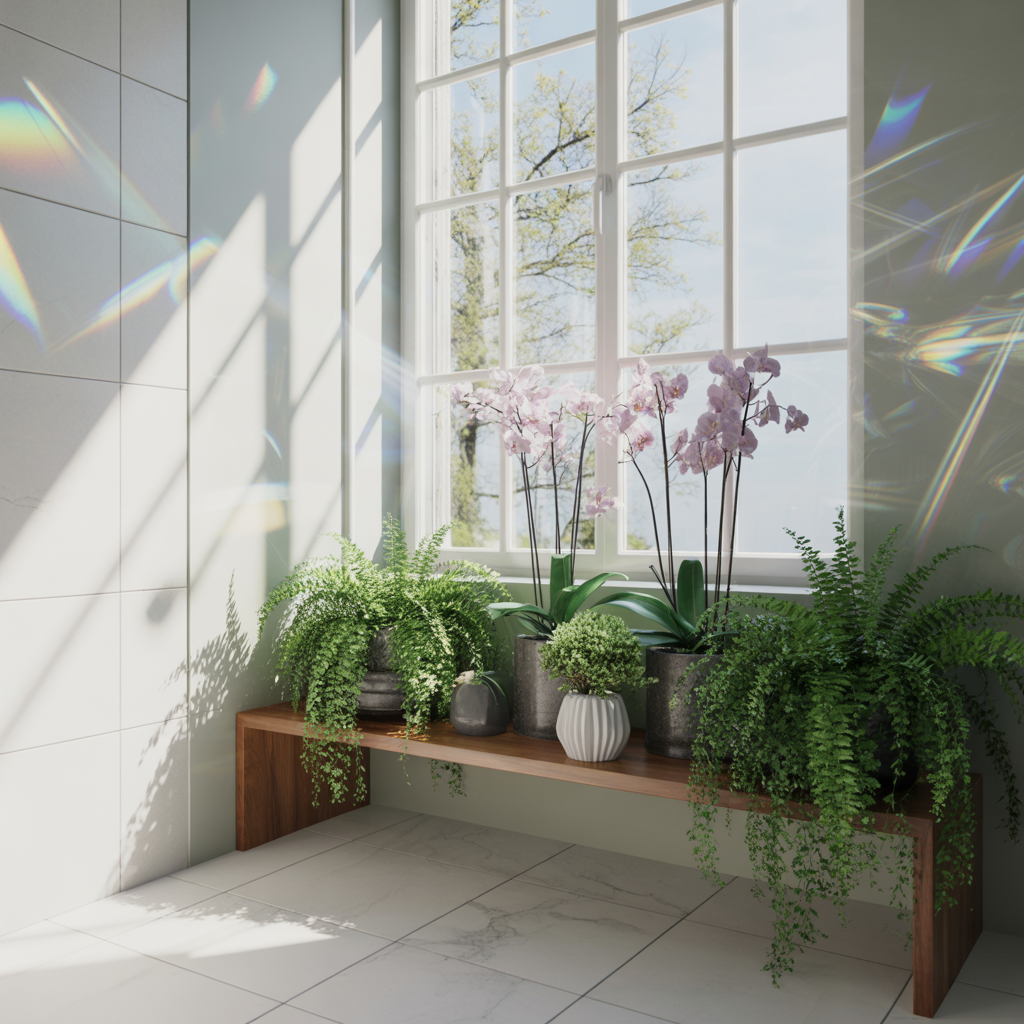
Bathrooms, with their natural humidity, can mimic a tropical greenhouse. Ferns, orchids, and air plants thrive in this environment, while a hanging philodendron can soften hard tiles. Even a small bathroom shelf can host a mini jungle.
Plants in bathrooms not only improve air quality but also create a spa-like retreat. Imagine a shower surrounded by greenery—it turns daily routines into calming rituals. Just be sure to select species that can handle low light if your bathroom lacks windows.
Decorate with kitchen herbs

Cooking becomes more joyful when fresh herbs are within reach. A row of potted parsley, thyme, and chives on your countertop provides both fragrance and flavor. Beyond aesthetics, it reduces the need for store-bought bundles that often go to waste.
Kitchens usually offer bright light, especially near windows, making them excellent spots for herbs. Compact wall racks or magnetic planters on the fridge make clever use of overlooked surfaces while keeping greenery handy for meals.
Use plants as natural room dividers
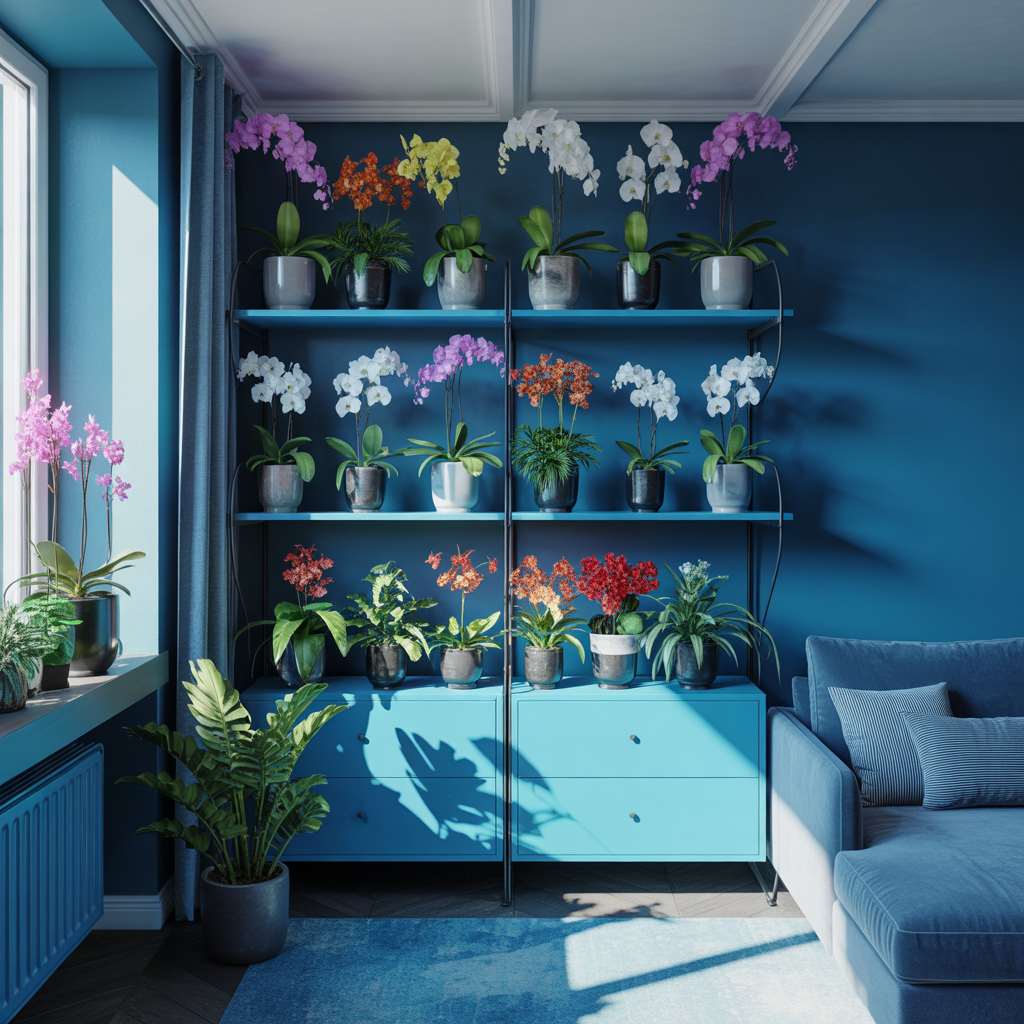
In open-plan apartments, greenery can double as privacy screens. A row of tall palms or clustered monstera plants can separate the living area from the dining nook without closing off light.
This natural zoning adds coziness while avoiding bulky furniture dividers. It also gives the apartment a layered, organic feel, making even large spaces seem warmer and more inviting.
Add greenery to balconies
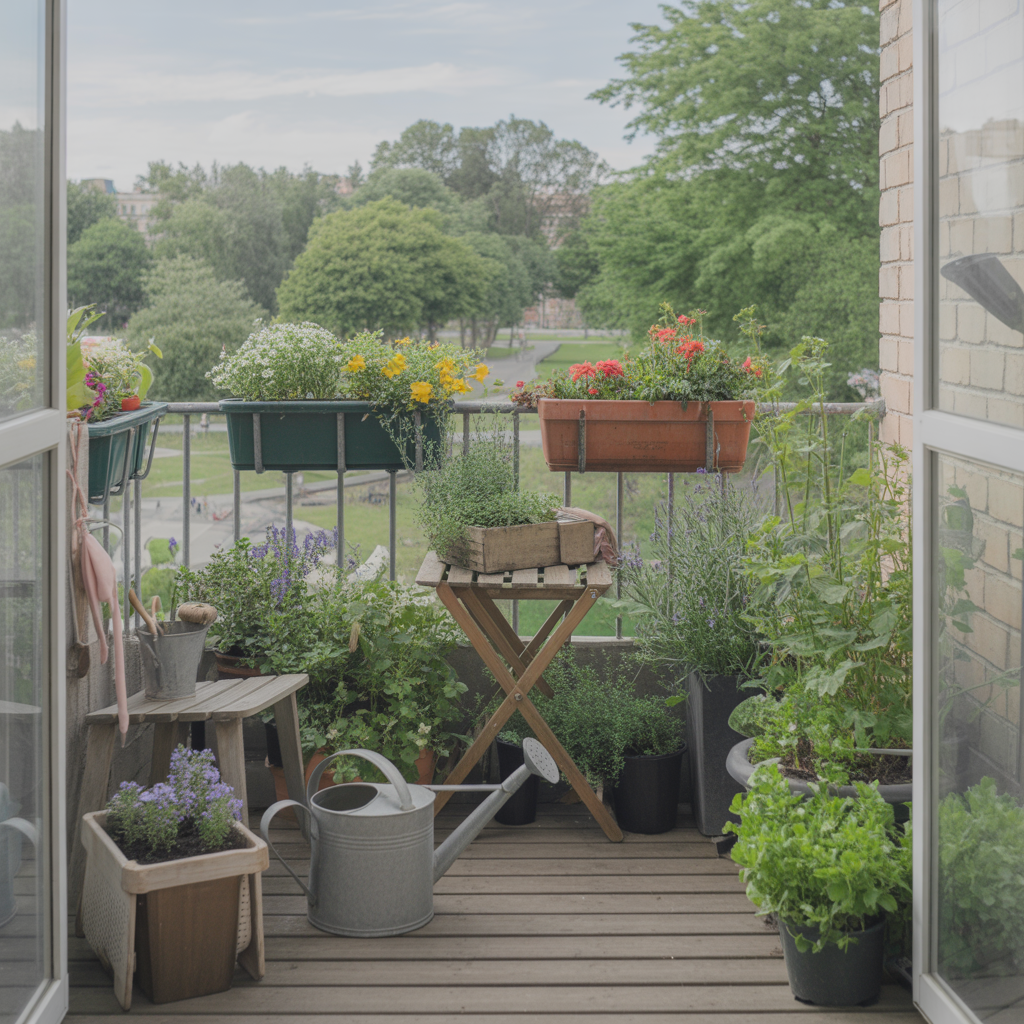
Even the smallest balcony can become a sanctuary. Rail planters filled with geraniums or petunias bring bursts of color, while vertical racks maximize limited square footage. A small bistro set paired with lush greenery transforms the space into an outdoor retreat.
Balcony gardens also attract pollinators like butterflies and bees, creating a micro-ecosystem in the city. With careful planning, you can enjoy a mini oasis without sacrificing too much space.
Style with terrariums
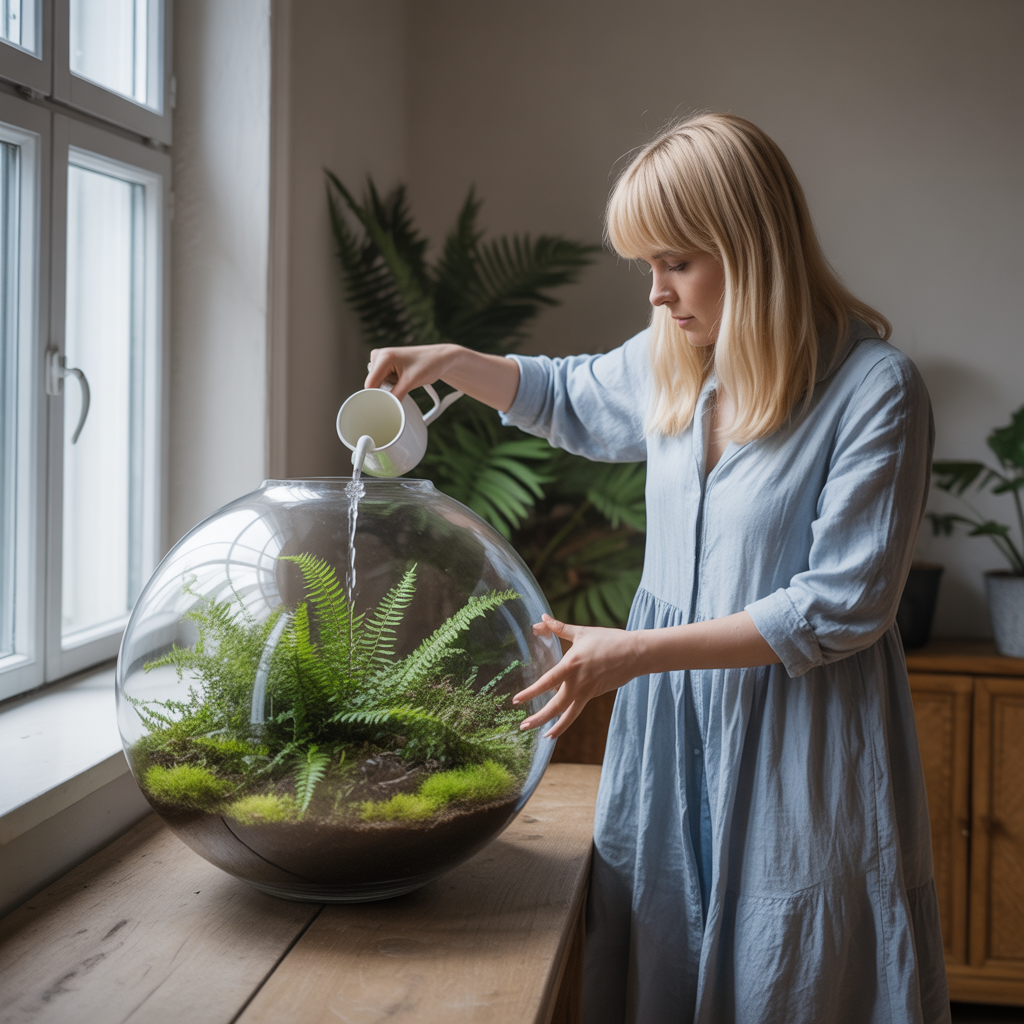
Glass terrariums are perfect for apartment dwellers who love plants but lack time for daily care. Closed terrariums mimic a self-sustaining ecosystem, while open ones showcase succulents or air plants in creative arrangements.
Placed on coffee tables, shelves, or desks, terrariums double as living art pieces. They require minimal watering and thrive in indirect light, making them practical yet enchanting.
Explore plant ladders and tiered stands
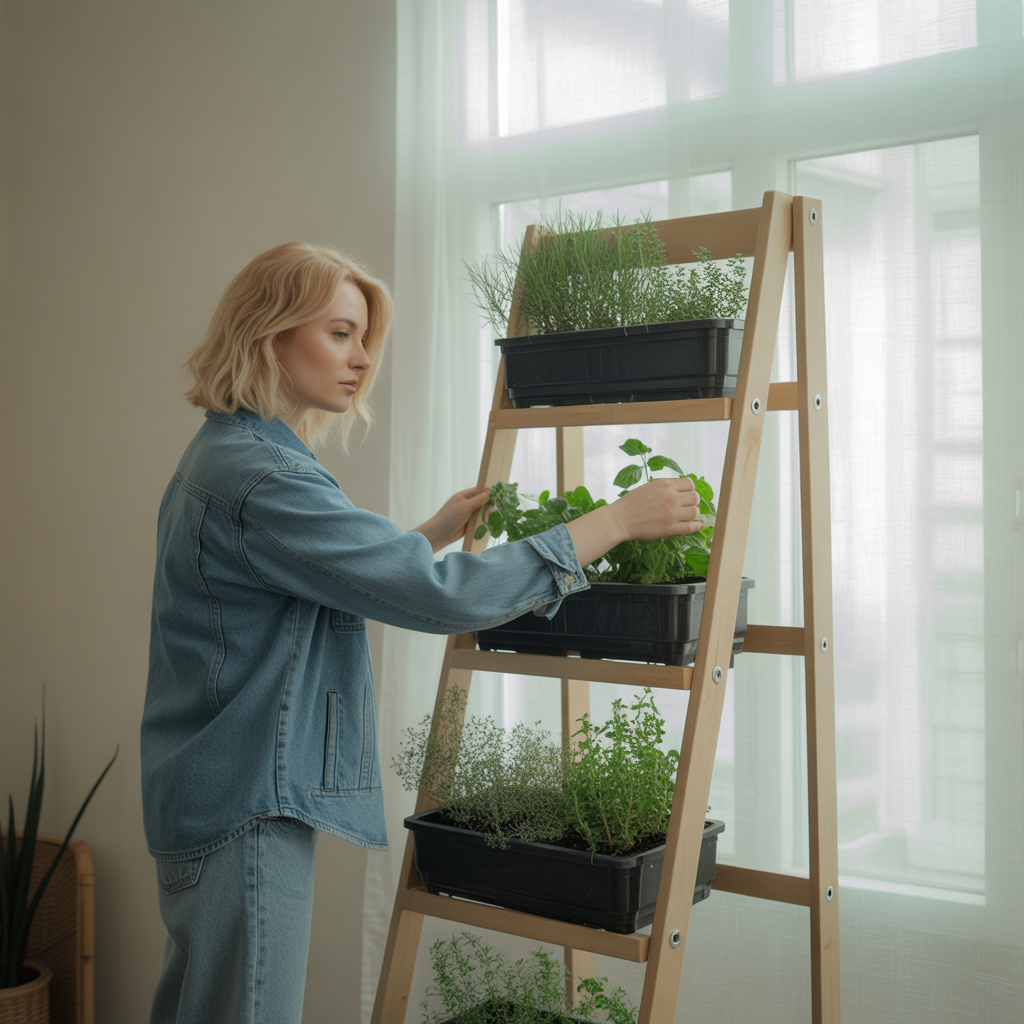
Tiered plant stands are functional decor pieces that let you display multiple plants vertically. They add layers of greenery without cluttering the floor, making small apartments feel more organized.
From rustic wooden ladders to sleek metal racks, the style options are endless. Mixing plant heights, pot colors, and textures creates visual balance while keeping care accessible.
Go for low-light champions

Not every apartment is blessed with sunshine. Luckily, plants like ZZ plants, snake plants, and philodendrons tolerate dim conditions while still looking vibrant. These hardy species are ideal for bedrooms, hallways, or corners far from windows.
By selecting low-light champions, you avoid frustration and disappointment. They continue to grow steadily with little attention, offering greenery even in the trickiest spots.
Make a mini succulent garden
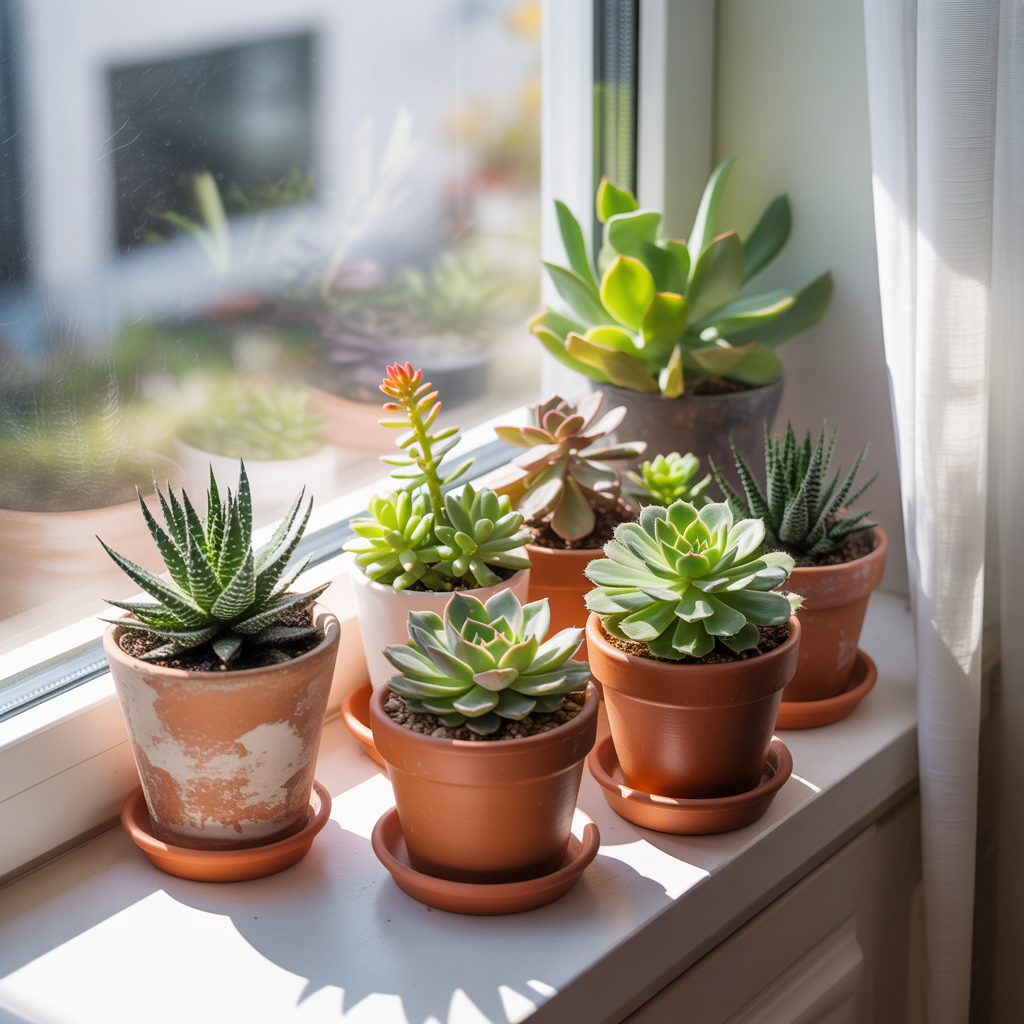
Succulents are beloved for their variety, resilience, and sculptural shapes. Grouping them in a shallow tray or decorative bowl creates a compact garden that thrives on windowsills or coffee tables.
Their low water needs and slow growth make them perfect for busy schedules. With creative arrangements, your mini succulent garden becomes both a centerpiece and a conversation starter.
Add greenery to workspaces
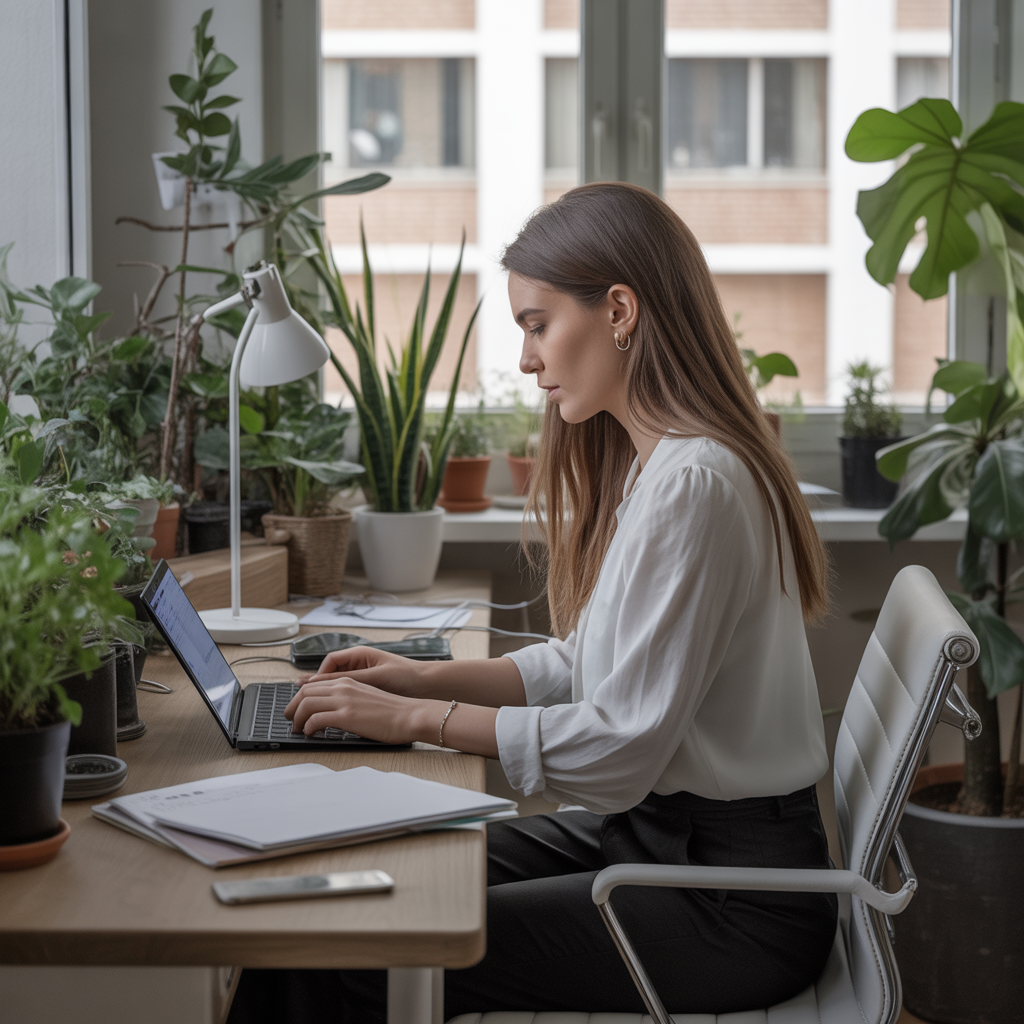
A desk plant isn’t just decoration—it’s a productivity booster. Studies show that people working near plants report higher focus, reduced fatigue, and improved satisfaction. Small options like a peace lily or jade plant fit neatly on work surfaces.
If your desk is in a darker corner, opt for hardy species like ZZ plants. Pairing greenery with warm lighting creates a cozy, inviting workspace that encourages longer, more comfortable hours.
Incorporate climbing vines
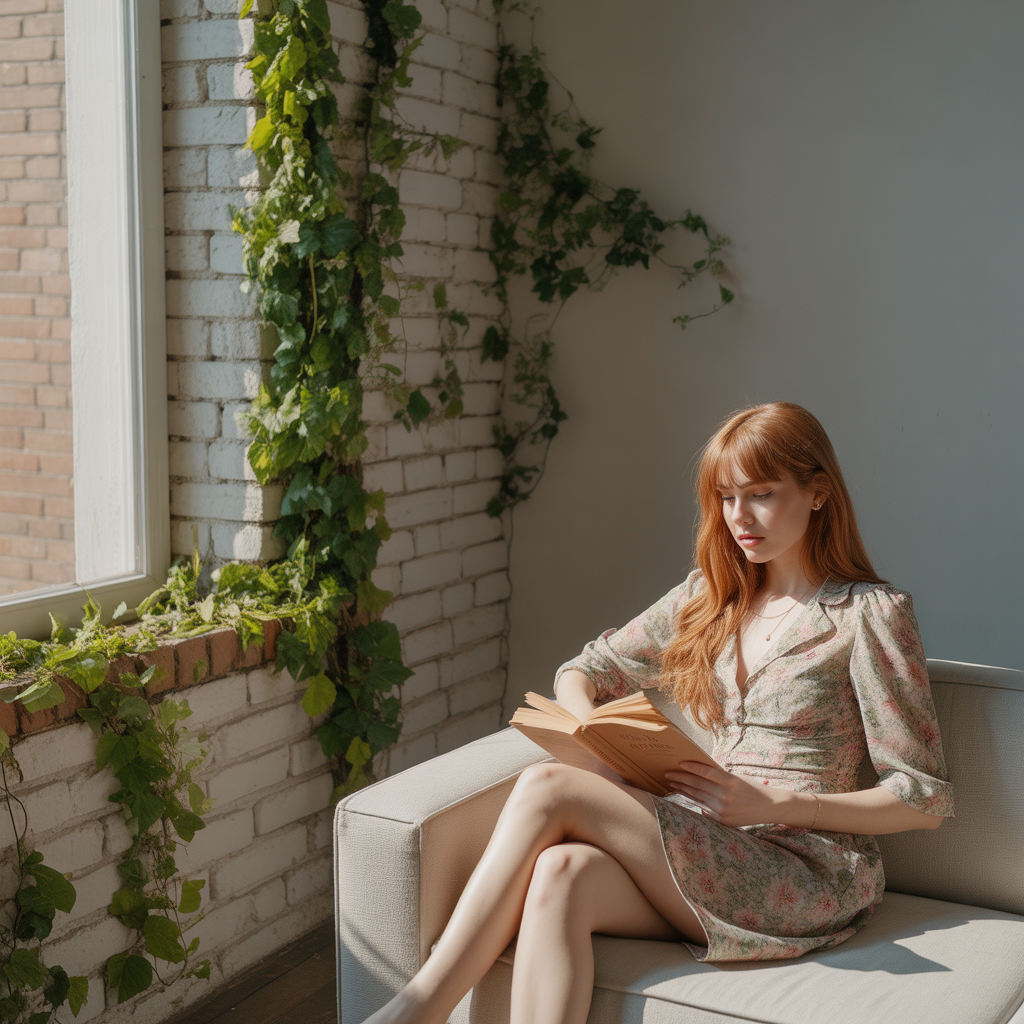
Vining plants like pothos, philodendron, or monstera adansonii add a wild, whimsical feel when trained to climb walls or trellises. They soften hard edges and can make even plain white walls feel alive.
With minimal effort, vines grow into dramatic displays that evolve over time. They can be guided around windows, bookshelves, or doorframes, creating an organic flow throughout the apartment.
Blend plants with artwork

Mixing framed art with hanging or shelf plants gives walls more depth. A painting of landscapes paired with nearby greenery feels immersive, while minimalist art is balanced by cascading vines.
The blend also allows you to treat plants as part of your decor scheme. Coordinating pot colors with frames or textiles creates a cohesive style that feels thoughtful rather than random.
Visit Also: Small Front Porch
Try pet-friendly options

For pet owners, safety is a top concern. Many common houseplants like lilies or philodendrons can be toxic to cats and dogs. Safer alternatives include calatheas, areca palms, and spider plants.
Pet-friendly plants ensure your furry companions can explore freely without risk. They also let you expand your greenery collection without constantly worrying about accidents.
Experiment with seasonal flowers

While foliage provides consistency, seasonal flowers bring bursts of color that shift throughout the year. Geraniums in summer, cyclamen in winter, and tulips in spring brighten apartments with variety.
Even a single pot of seasonal blooms can change the mood of a room. Pairing flowers with foliage ensures year-round greenery while still enjoying occasional surprises.
Add greenery to entryways
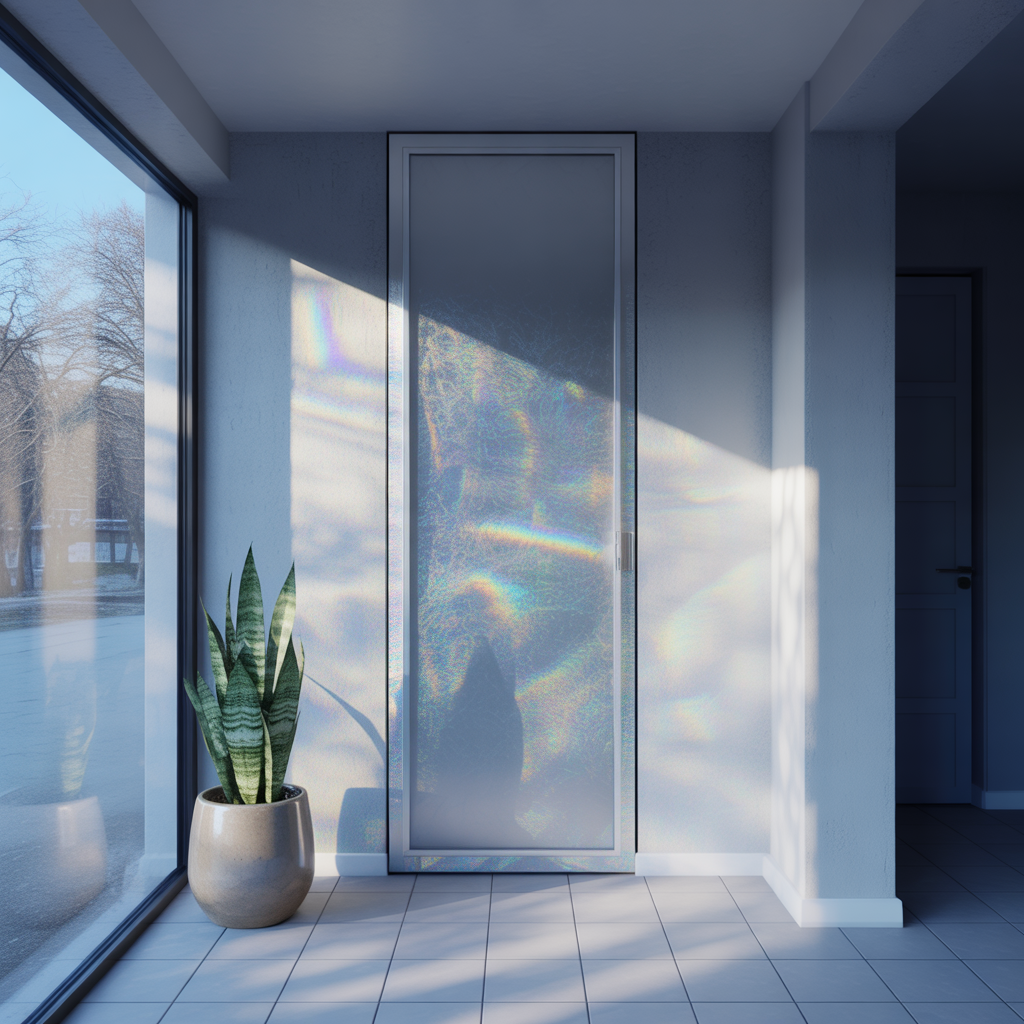
First impressions matter, and a plant-filled entryway makes guests feel instantly welcomed. Tall, hardy plants like dracaena or rubber trees handle fluctuating light near doors.
Small tables in entryways can host decorative plants like orchids or bonsai. It’s a simple but powerful way to bring life into a space that’s often overlooked.
Create a bedtime sanctuary

Bedrooms benefit greatly from calming greenery. Plants like lavender or peace lilies help purify the air and promote restful sleep. Paired with soft lighting, they make your bedroom feel like a retreat from the outside world.
Even a single leafy plant near the nightstand can reduce stress levels before bed. By surrounding yourself with greenery, you create a personal sanctuary where relaxation comes naturally.
FAQs
Which plants are best for apartments with very little sunlight?
Snake plants, ZZ plants, and pothos are all champions in low-light spaces. They tolerate shade while still adding greenery.
How do I stop overwatering my plants?
Check soil moisture before watering—stick your finger an inch deep. If it feels damp, wait a few more days. Many apartment plants actually prefer to dry out slightly between watering.
Can I grow edible plants in an apartment?
Yes! Herbs like basil, mint, and parsley thrive indoors. With grow lights, you can even try cherry tomatoes or peppers in containers.
What’s the easiest way to add plants without cluttering my apartment?
Use vertical solutions like shelves, wall planters, or hanging baskets. These add greenery without sacrificing floor space.
Are indoor plants really good for air quality?
Yes, though the effect is subtle in large rooms. NASA studies found that certain plants remove toxins, but the real benefit comes from the calming and aesthetic effects of greenery.
Conclusion
Plant-filled apartments are more than a design choice—they’re a lifestyle that connects us back to nature, even in the busiest cities. Whether it’s a tall fiddle leaf in the corner, herbs in the kitchen, or a trailing vine across a bookshelf, each plant adds vitality to your home. They improve air quality, boost mood, and turn ordinary apartments into inviting sanctuaries.
By experimenting with creative setups, choosing the right species for your environment, and integrating greenery into daily routines, you can craft a space that feels alive and restorative. No matter the size of your apartment, there’s always room for a little more green.
